The Difference Between High Fashion and Commercial Modelling
4 Comments • Uncategorized • By Melissa
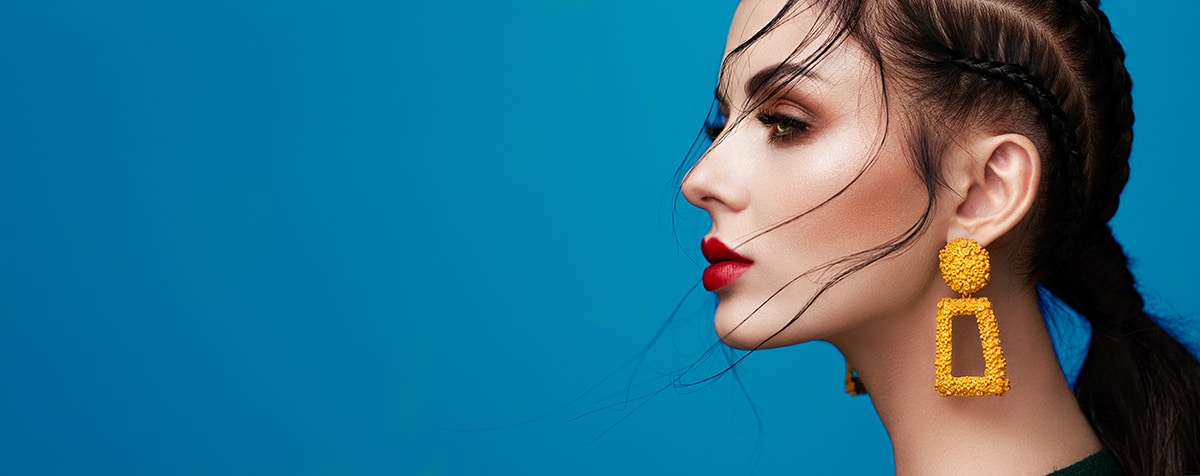
As a model, you need to know which niche of modelling you want to enter into and, perhaps more importantly, which niche you suit most and therefore have a better chance of success in.
Read on to learn about the different types of modelling, the requirements for each and the main difference between high fashion and commercial modelling.
Commercial Modelling
You’ve probably heard of commercial modelling, but what is it?
Commercial modelling relates to modelling done to advertise and sell products. There are many different subcategories of modelling including plus-size, fitness, lingerie, petite, swimsuit and beauty.
Commercial modelling usually uses more approachable, relatable-looking models who look more like “real people”. While there are still requirements that need to be met, rules are much more relaxed for commercial models when compared to high fashion.
You can see commercial models everywhere. When you shop online, commercial models are used to show you what the clothing looks like; you will also see them often on social media.
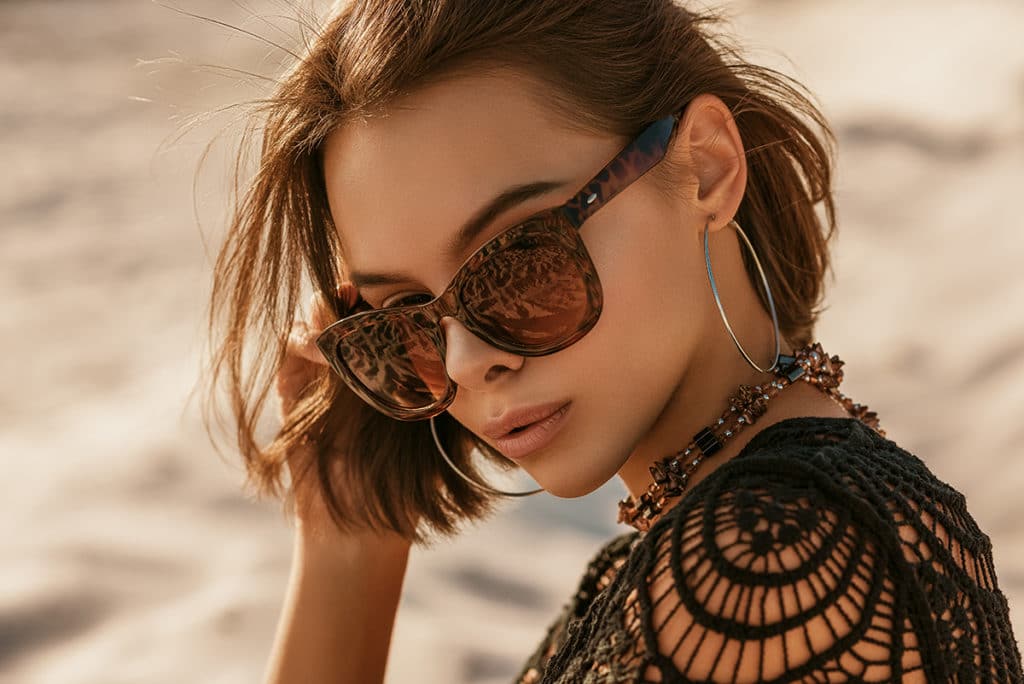
High-Fashion Modelling
High fashion models are used on catwalks, in fashion editorials and are seen promoting luxury and high-end products (usually those by designer brands). High fashion models are predominantly used at events like Milan, New York, Paris and London Fashion Week.
As we mentioned, high fashion has far stricter requirements than commercial modelling. For example, a female high fashion model must be over 5’8″ to be considered, and they must have a bust-waist-hip ratio close to 34″-24″-34″. They must also fit a UK size 6-8. Men, too, must meet specific height and measurement requirements to be considered for the world of high fashion.
If you’re still unsure how to tell a commercial and high fashion model apart, think about the audience they are selling to. Commercial models are there to sell to a wider audience, while high fashion models are typically used to sell products that would only be available to a certain audience. High fashion is supposed to appear exclusive; this is why they tend to use models who do not reflect the mass market.
Examples of High Fashion Models
High fashion models may also be thought of as supermodels because it is usually high fashion models who become household names.
Here are just a few high fashion models you may recognise:
– Kendall Jenner
– Gigi Hadid
– Bella Hadid
– Miranda Kerr
– Naomi Campbell
– Tyra Banks
– Heidi Klum
– Cara Delevingne
These models have all worked for luxury brands like Chanel, Prada, Dior, Victoria’s Secret, Tom Ford, Gucci, Dolce & Gabbana and more.
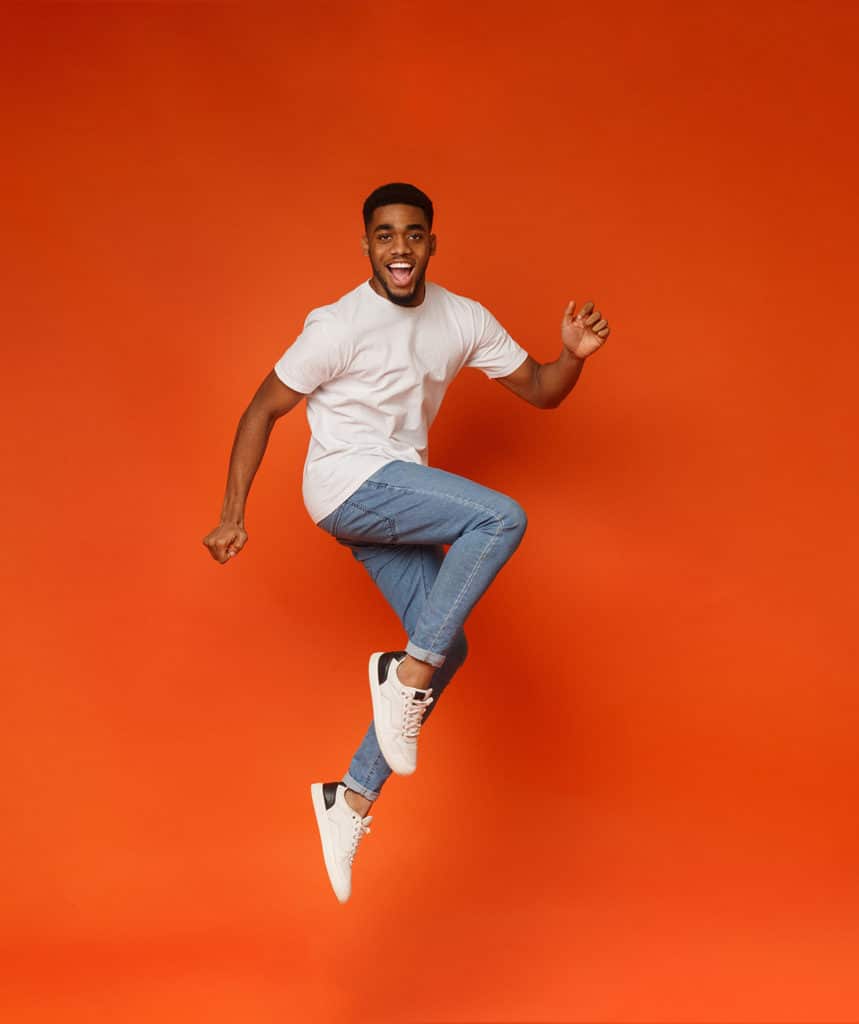
Examples of Commercial Models
It’s not common for a commercial model to be as famous as a high fashion model. Commercial models can have lucrative careers free from the scrutiny, negativity and harassment that often comes with high levels of fame.
An example of a British commercial model is Kelly Brook. Katie Price, aka Jordan, is another example. These two are recognised names within England despite working in commercial modelling.
Modelling Requirements
Different modelling niches require different things. Perhaps most important is a model’s height. Let’s take a look at the requirements for each modelling niche:
Commercial Modelling
Commercial models must be around 5’7″ and over. Shorter models would be considered petite and could find work in the petite modelling niche. However, allowances are commonly made by brands and agencies for a model with the right look.
Commercial models also tend to be around a size 8. A model who is a size 14+ is known as a plus-size model, and they can find agencies/brands who cater specifically to a curvier audience.
High Fashion Modelling
High fashion models need to be 5’8″ or over. It’s very unusual to have a high fashion model shorter than this, though it isn’t unheard of – Kate Moss was 5’7″.
High fashion models also need to be slender with a proportional hourglass frame. It’s very uncommon for a high fashion model to be over a size 8, but it has been known to occur; Jill Kortleve was hired to walk the runway despite being a UK size 12/14. She was labelled as “plus-size” for being bigger than the size 8 that is typical of high fashion models.
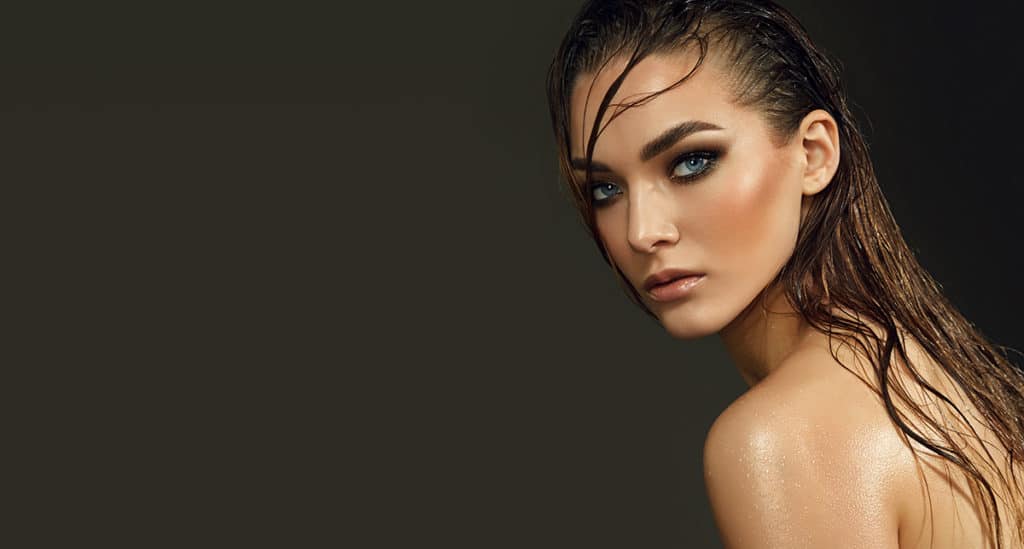
Which Niche of Modelling Pays Best?
Naturally, high fashion models are known to make the model money. The highest-earning high fashion models are known as supermodels. Supermodels can earn thousands of pounds from a single shoot, and they are often flown all around the world for work.
Their fame also makes them extremely influential, meaning they can make a lot of money through social media too via brand endorsements, ads and deals.
Becoming a Model
If you dream of becoming a model, you should first be certain about which niche of modelling you are most suited to. While many aspiring models dream of supermodel stardom, unfortunately it’s not a realistic dream for many as most of us are unable to meet the strict physical expectations required for high fashion modelling.
If you are lucky enough to possess the specific genes required for high-fashion, you can begin to research and apply to the types of agencies that sign these types of models. Build a strong portfolio that reflects your experience, range and expertise as a model; you will need to take this with you to any auditions you are invited to. Read high fashion magazines like Vogue and Harper’s Bazaar for inspiration (pay particular attention to the editorials) and think about hiring a professional photographer for a shoot for some practice in front of the camera. Make sure you also practice your runway walk; you should be comfortable in lots of different types of heels as fashion shows require models to walk in them.
If you don’t meet the demands of high-fashion, don’t be despondent; there are lots of other types of modelling within commercial modelling. Commercial and catalog models have more relaxed physical requirments, but that doesn’t mean you should relax entirely; you should still have a good diet and exercise routine. There are many different types of commercial modelling you can go into:
– Fitness models
– Petite models
– Plus-size models
– Glamour models, also known as lingerie models
– Body part models
– Alternative modelling
– Bikini/swimsuit modelling
Decide which niche you most want to enter into and look for agencies who specialise in that sort of model. Make sure your portfolio is also catered to that niche of modelling.
Whatever type of modelling you pursue, you should always try to look your best off-duty. “Off duty model fashion” is a very popular thing right now, so make sure you dress for the job you want even when you’re not at work. Practice the no make-up make-up look and try to make sure you always look put together and nice.
Social Media
Social media is a great tool for both commercial and high fashion models. Platforms like Instagram, Twitter and Facebook can be a great place for models to build a good network of fans and followers. Having social media allows models to have control over how they are perceived by the public. You can also attract the interest of agencies and brands; many models make a lot of money through brand deals and endorsements.
However, social media does have downsides. It is time-consuming and does also open you up to more negativity and critique, so be mindful of your mental health and do what you must to protect your wellness.

Modelling Advise for All Models
If you want to get into modelling, regardless of whether it’s commercial or high fashion you’re interested in, give yourself more chance of success by doing the following:
– Practice posing in front of the camera
– Read magazines and keep abreast of the latest fashion news
– Follow your favourite models on social media for inspiration
– Have a healthy diet and an exercise routine to look after your body
– Figure out which niche of modelling you are most suited to (what target audience do you best reflect?) and apply to agencies who cater to that type of model
– Use social media to build a fan base and attract the attention of agencies and brands
– Hire a professional photographer so you can experience a real-life photoshoot
– Make sure your portfolio is constantly updated and the best it can possibly be
– Try to build a good network of likeminded people
– Do everything with professionalism, politeness and gratitude

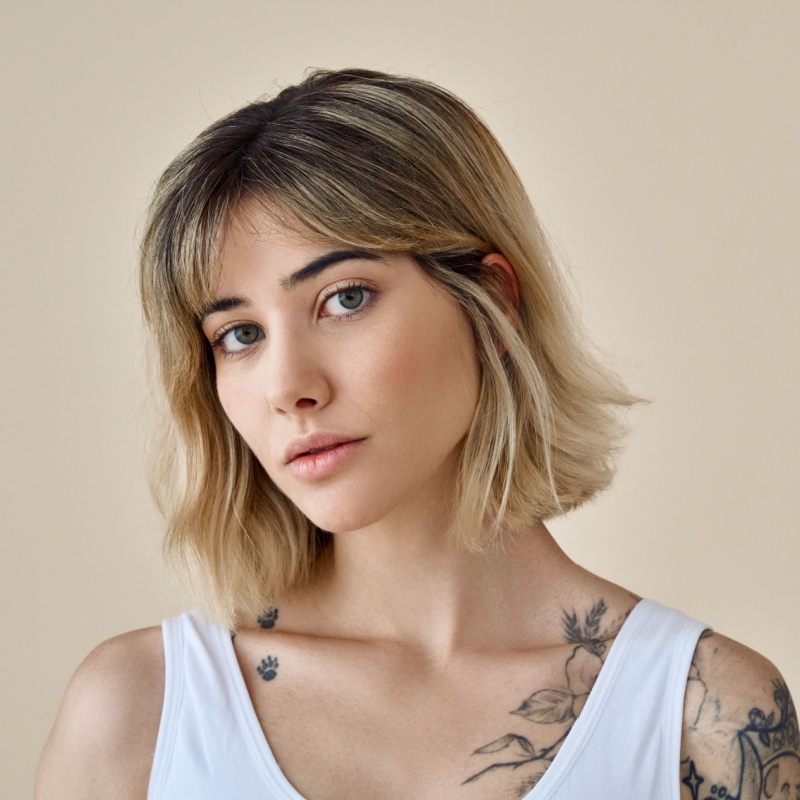
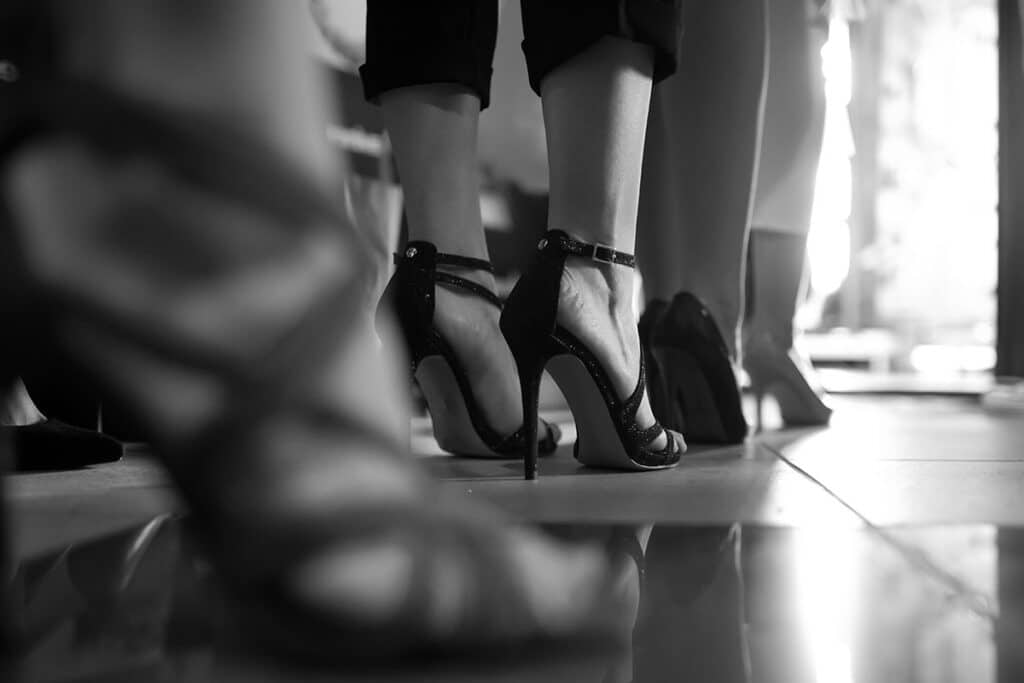
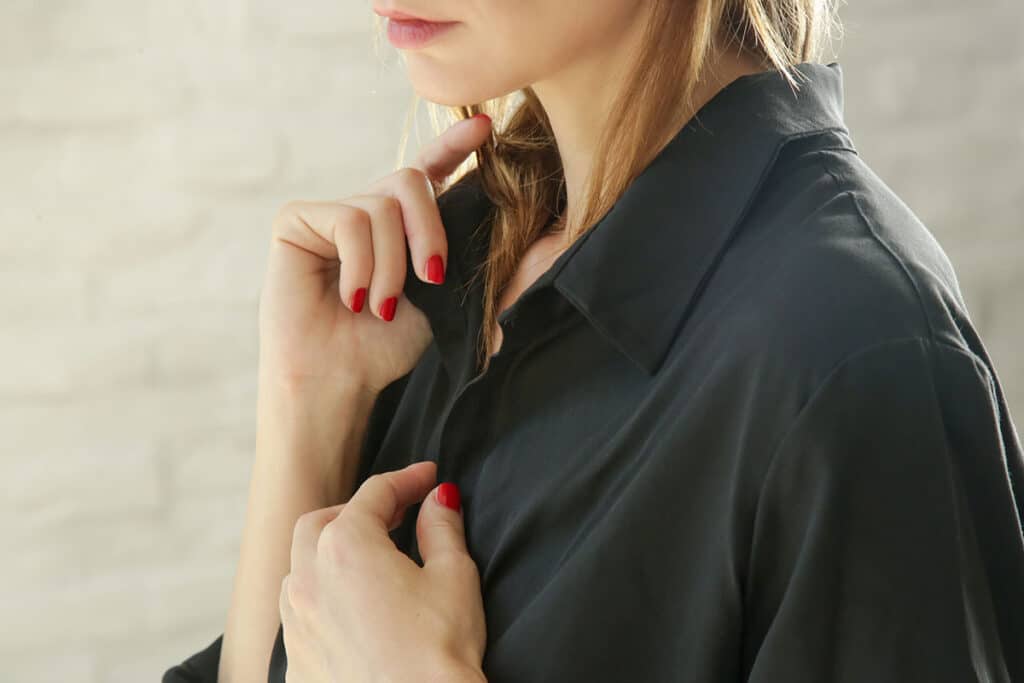
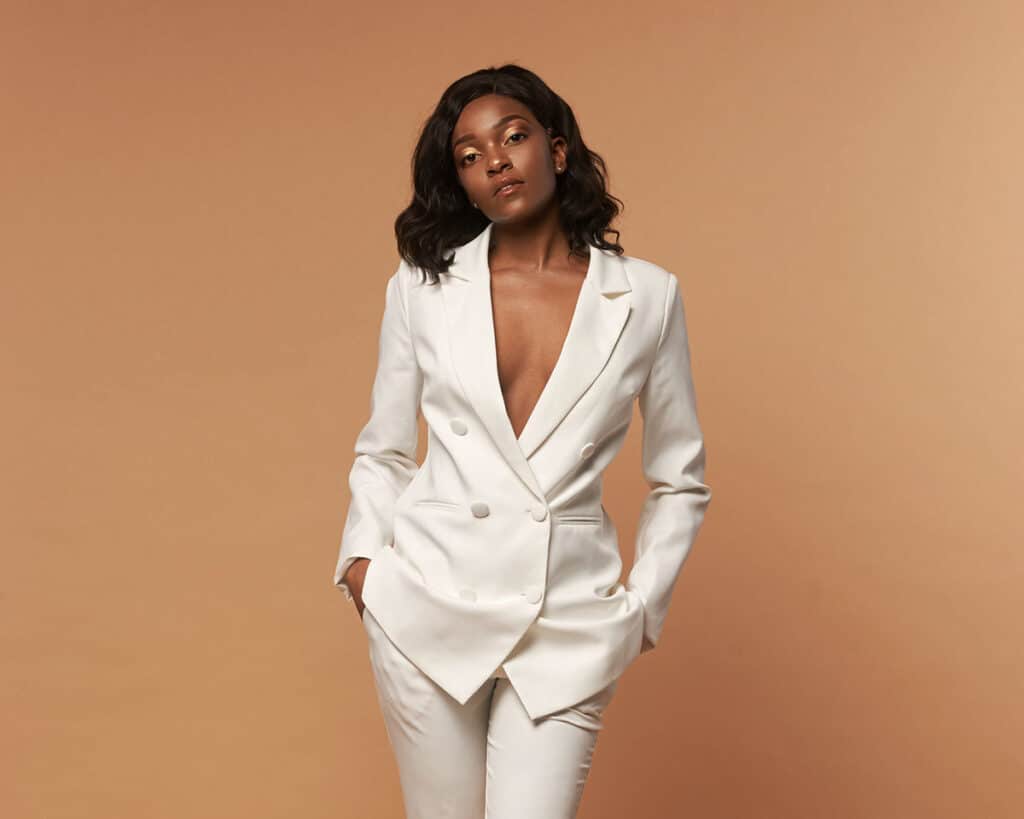
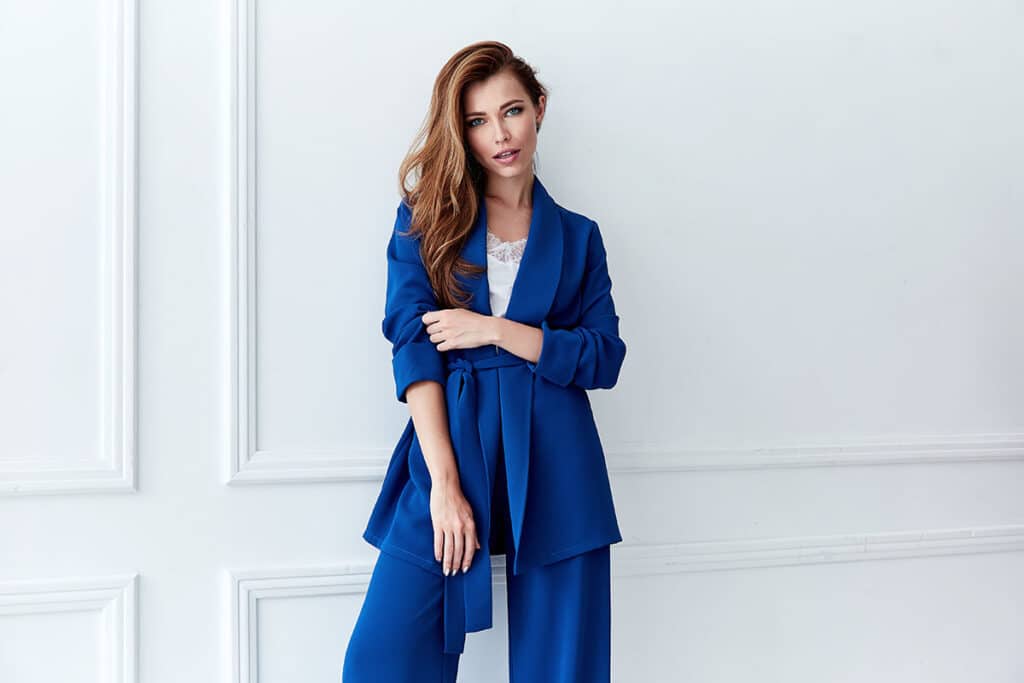
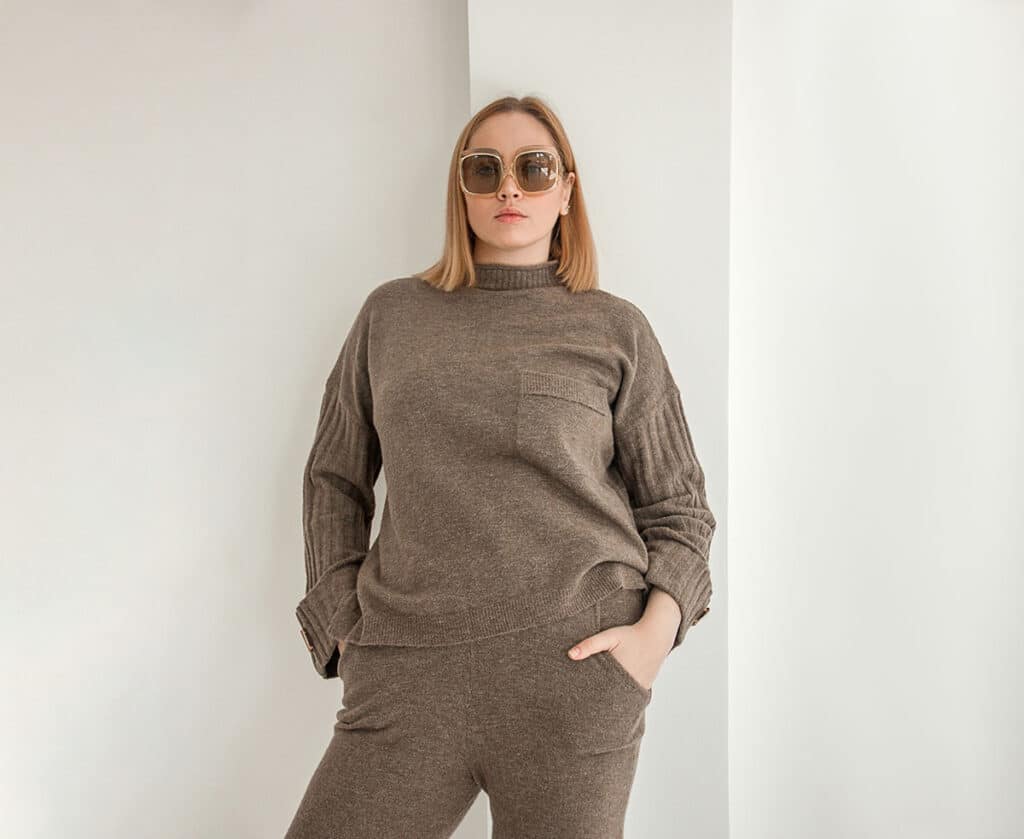
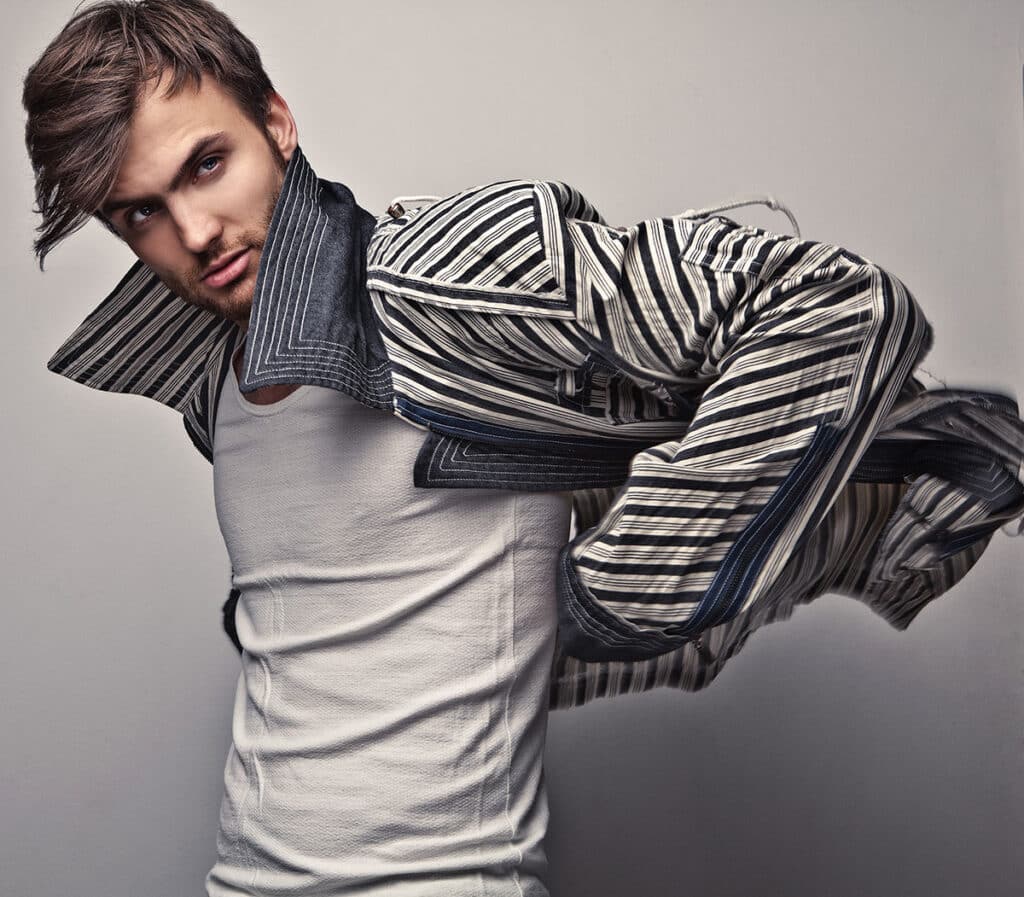
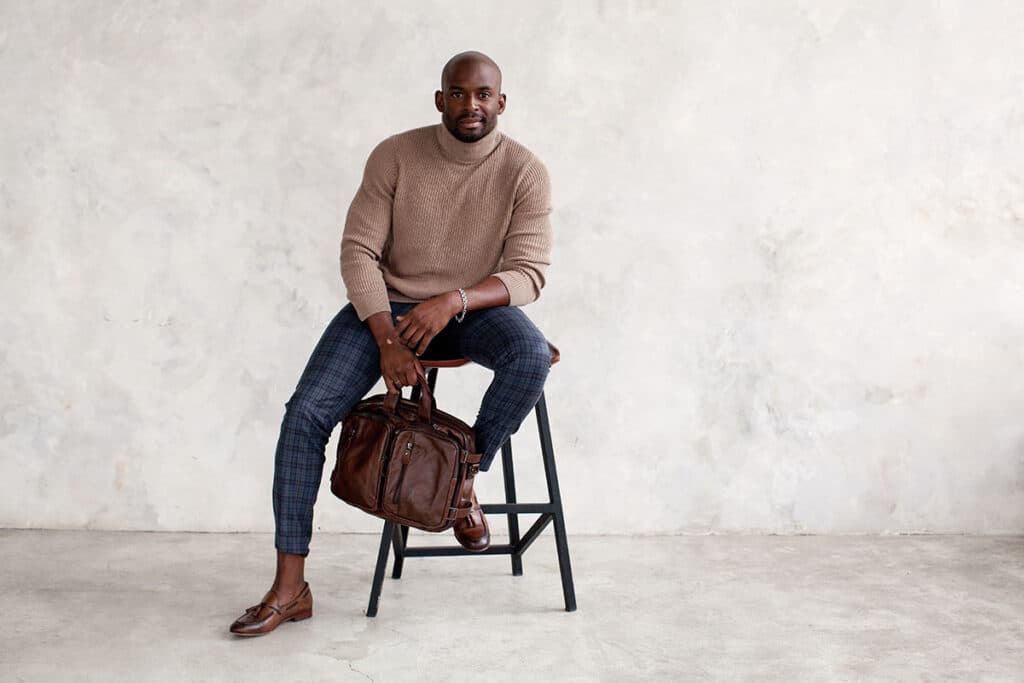

I am interested in becoming a model be it commercial or high fashion model,please contact me.
I want to become a high fashion modeling. I hope to get a positive reply soon
I am interested in being a commercial model with my height of 5’6
My daughter is 11 years old and attending modelling classes and always selected for being a fashion model would like to join an agent to assist her.